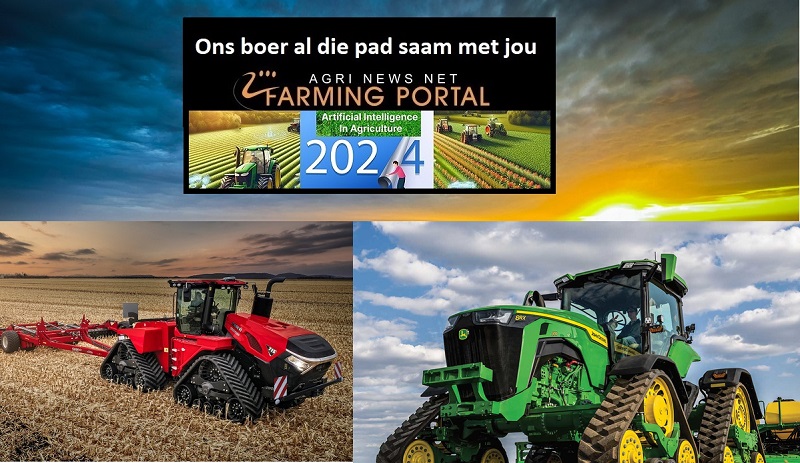Agriculture has been the backbone of human civilization for centuries, but the industry faces unprecedented challenges today, including climate change, labor shortages, and food security concerns.
To address these issues, Artificial Intelligence (AI) and smart farming technologies are revolutionizing the way we cultivate crops and manage agricultural resources.
AI-Powered Crop Monitoring, Predictive Analytics, and Automated Irrigation
One of the most significant advancements in smart farming is the use of AI-driven crop monitoring systems. These systems rely on satellite imagery, drones, and sensors placed in the field to collect real-time data on soil health, moisture levels, and plant growth. AI algorithms analyze this data, providing farmers with actionable insights to optimize resource usage and prevent crop diseases before they spread.
In addition, predictive analytics is enabling farmers to anticipate weather conditions, pest infestations, and soil nutrient depletion. By leveraging big data and machine learning, farmers can make informed decisions on planting schedules, fertilizer application, and harvest timing, leading to higher yields and reduced waste.
Automated irrigation systems, powered by AI, further enhance water efficiency by adjusting water distribution based on weather forecasts, soil conditions, and plant needs. These systems help conserve water, particularly in regions experiencing drought and water scarcity.
Robotics in Harvesting and Planting
With labor shortages posing a major challenge for agricultural industries worldwide, robotics is stepping in to fill the gap. AI-powered robots are now being developed to handle tasks such as planting, weeding, and harvesting with unprecedented speed and accuracy.
-
Autonomous tractors can plant seeds with precision, reducing waste and optimizing space utilization.
-
Robotic harvesters equipped with computer vision can identify ripe fruits and vegetables, picking them with delicate precision to prevent damage.
-
Weeding robots use AI to distinguish between crops and weeds, applying herbicides only where necessary, leading to lower chemical use and environmental impact.
These AI-powered machines reduce dependency on manual labor, increase efficiency, and ensure consistent quality in crop production.
 What’s the impact of artificial intelligence on energy demand?
What’s the impact of artificial intelligence on energy demand?
Blockchain in Food Traceability and Supply Chain Transparency
Food safety and supply chain efficiency are crucial in modern agriculture. Blockchain technology is enhancing traceability, ensuring food products can be tracked from farm to table with complete transparency.
With blockchain, every step of the agricultural supply chain—planting, harvesting, processing, transportation, and retail—can be securely recorded in a tamper-proof ledger. This allows consumers to verify the origin of their food, reducing fraud and contamination risks.
For farmers and suppliers, blockchain technology enables efficient inventory management and reduces food waste by optimizing logistics. It also helps meet increasing regulatory requirements for food safety and sustainability by providing immutable proof of compliance.
The Future of AI in Agriculture
As AI technology continues to evolve, its impact on farming will only grow stronger. Future developments may include fully autonomous farms, AI-driven pest control, and advanced soil regeneration techniques. With AI and smart farming, agriculture is becoming more sustainable, efficient, and resilient to global challenges.
The adoption of these technologies represents a paradigm shift in food production, ensuring that future generations can enjoy a stable and secure food supply. As farmers embrace AI, the industry is set to experience a new era of growth, driven by innovation and data-driven decision-making.

















